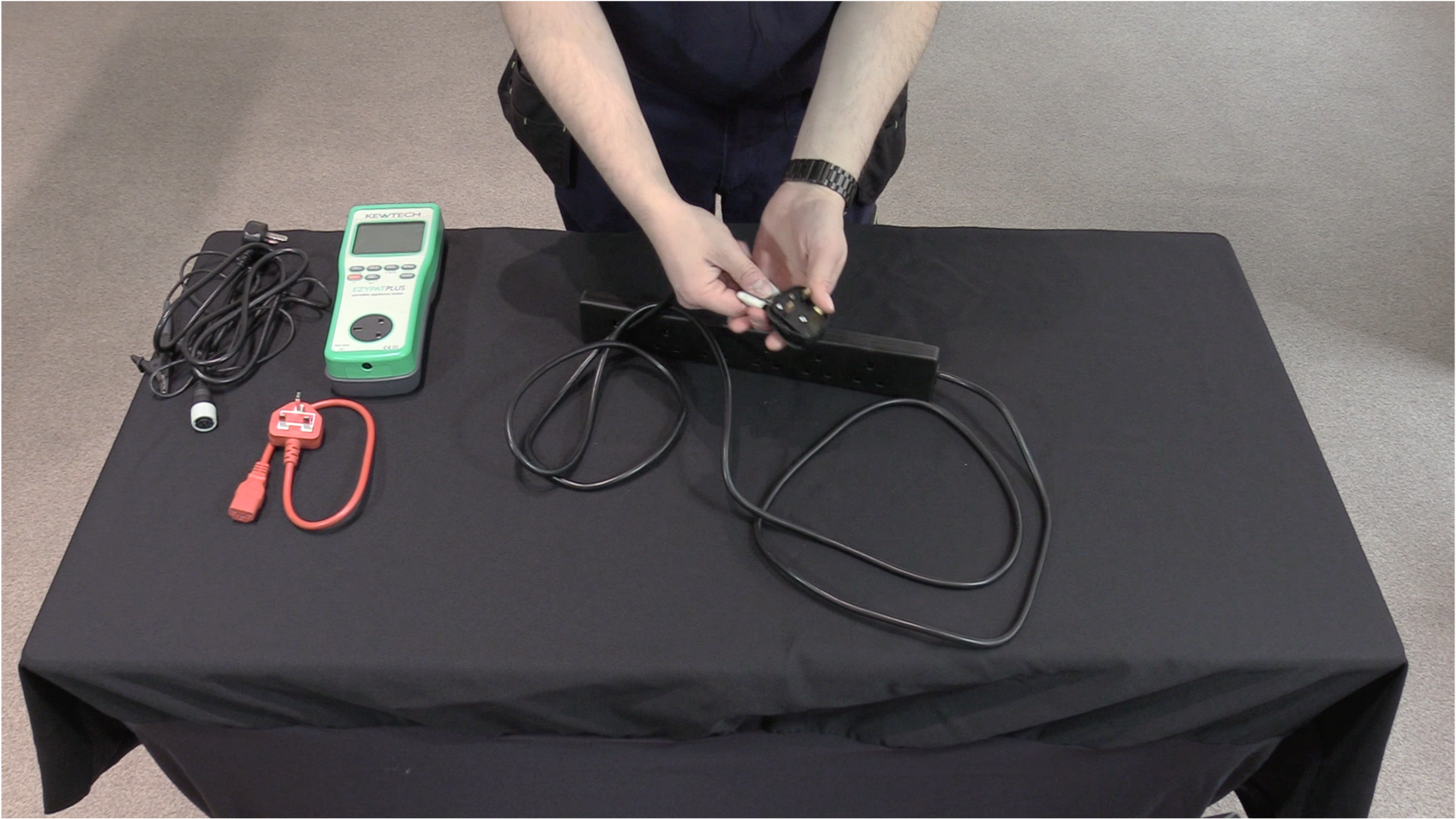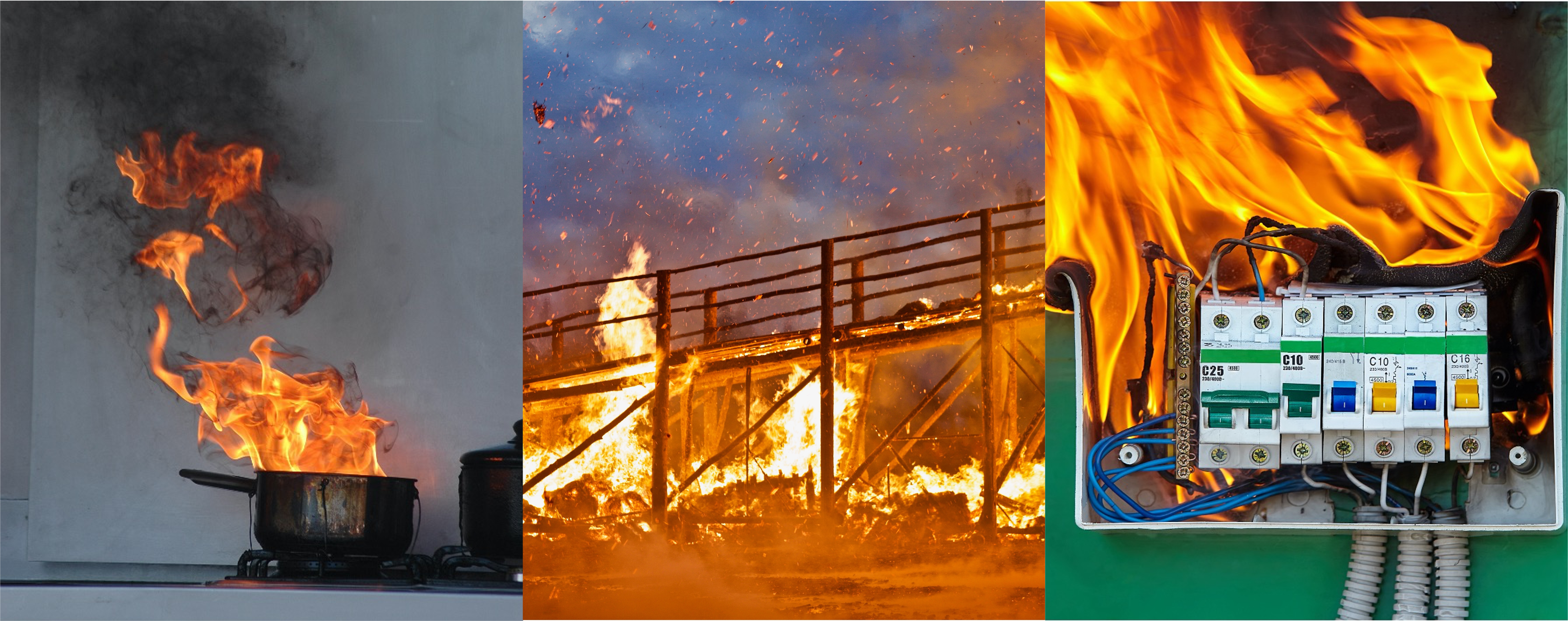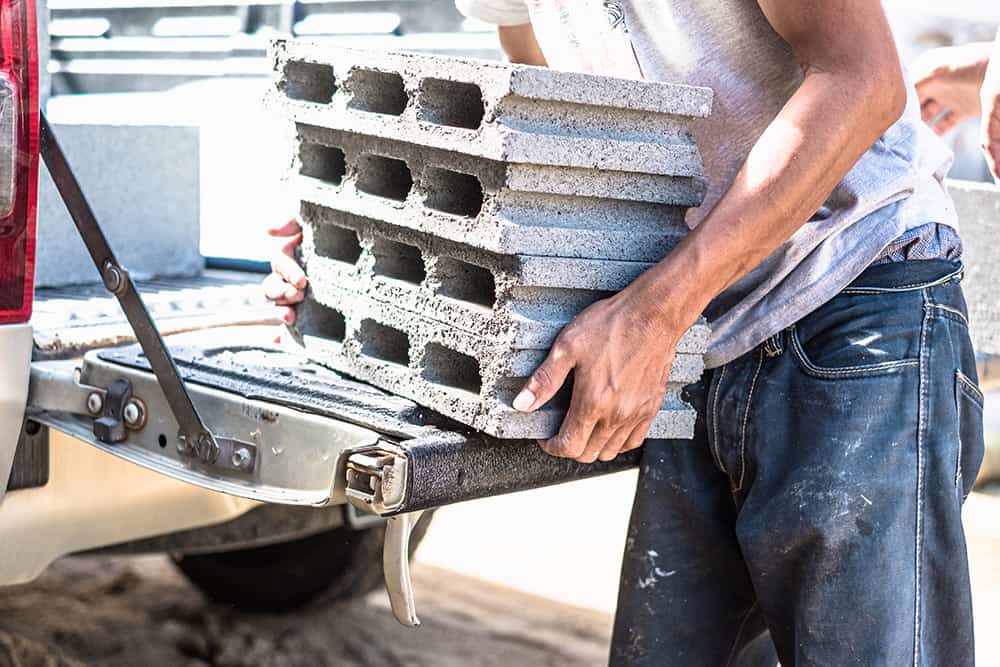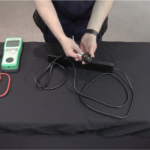
The COVID-19 pandemic saw a huge rise in the number of people working from home. At the height of the pandemic, roughly half of all UK workers were working from home. Although that figure has dropped, reports show that 37% of UK employees stated that they are still working from home on either a full or part-time basis. In fact, there are more homeworkers than ever, in the UK.
To help remote workers stay safe, we’ve put together this short guide on how to perform a risk assessment for working from home.
The Impact of Remote Working and Health and Safety Law
Many employees have reported that working from home has had a positive effect on their health. But 22% of all people surveyed stated that it’s had a negative impact, according to a report commissioned by the UK parliament.
Just because an employee isn’t working in the office doesn’t mean they’re not covered by health and safety laws. Employers still have a legal responsibility to make sure the working environment is safe.
The main laws that apply to homeworkers include:
The Health and Safety at Work etc. Act 1974: This law begins with the statement that ‘It shall be the duty of every employer to ensure, so far as is reasonably practicable, the health, safety and welfare at work of all his employees.’ This responsibility applies to home workers just as much as it does to people who are on the workplace premises.
The Management of Health and Safety at Work Regulations 1999: This law mandates that every employer should ‘make a suitable and sufficient assessment of the risks to the health and safety of his employees to which they are exposed whilst they are at work.’ Even though someone is at home, a risk assessment must be done if they are performing work duties.
If an employee injures themselves while working at home, you as the employer could be found to be in breach of health and safety legislation. Breaches can incur unlimited fines or terms of imprisonment. Making certain that home workers perform a proper risk assessment is the best way to stay within the law and protect your employees. Completing a working from home risk assessment will identify hazards and also help to prevent negative health effects.

How to Conduct a Working from Home Risk Assessment
A risk assessment is a detailed evaluation of any hazards in a work environment. It includes both short-term and long-term health hazards. There are no official requirements for what must be done during a risk assessment. There are, however, general recommendations from the Health and Safety Executive (HSE) on how to conduct a risk assessment.
An Easy Risk Assessment Template for Home Workers
There are five steps involved in conducting any type of risk assessment:
Step One: Identify All Workplace Risks
Walk through your home and make a list of all the possible hazards. Pay close attention to your working area but also be sure to include other areas such as the kitchen or living room.
Step Two: Determine Who May Be Harmed and How
Think about who could be harmed by the hazards you’ve identified. Is it just yourself? Could a family member also be at risk? Consider the severity of the harm that each individual hazard could cause. This will help you to determine what action needs to be taken.
Step Three: Assess, Then Take Action to Eliminate or Control the Risks
Once you have identified the hazards and whom they may harm, consider what you can do to eliminate or minimise the risks. For example, electrical leads could be gathered up neatly, instead of being tangled together on the floor. The actions you take to eliminate or control the risks should be proportionate to the harm they may cause.
Step Four: Make a Record of Your Findings
Make a record of all the hazards you identified and the control measures that you put in place. The record of the risk assessment can be kept as a digital file or on paper. A risk assessment record will prove that you have met your legal obligations to make the workplace safe.
Step Five: Regularly Review the Risk Assessment
If there are any changes to your work environment, then you will need to review your risk assessment to ensure it is still effective. Health and safety legislation also requires that risk assessment be regularly reviewed, although a precise time period is not given. As a rule, you should make a review of your risk assessment at least once every 12 months.
How to Identify Remote Working Hazards
When following the five risk assessment steps, make sure you focus on the following areas and hazards:
Your Work Area
Look carefully at the area in which you work. Consider the following questions:
- Do you have enough space to work comfortably?
- Is there enough light so you can see clearly at all times?
- Is the area properly ventilated?
- Can you control the temperature easily?
Since they are lacking in ventilation, lighting and heating, areas such as attics, sheds, garages and cellars are not suitable as working areas. You may not have access to a dedicated room, but you should make sure your work environment is as suitable as possible.
Your Equipment
The desk, chair and computer you use must be assessed. Legally, employers don’t have to provide equipment. If they do, then they need to abide by the Provision and Use of Work Equipment Regulations 1998 (PUWER). This mandates that all provided equipment should be fit for purpose and in good working order.
Many people who work from home use display screen equipment (DSE). This can include computers, tablets or smartphones.
Prolonged use of DSE is covered by the Health and Safety (Display Screen Equipment) Regulations 1992. These regulations stipulate that workers must take regular breaks from DSE use. Employees must also be given access to an eye test if they wish, and have DSE that is clean, adjustable and can be positioned to remove glare.
Make sure your desk chair provides support for your arms, legs and lower back. Your keyboard and mouse should be within easy reach. The DSE should be positioned at eye level. Take regular breaks, stretch and walk periodically. To avoid eye strain, change your eye focus and blink frequently. This free infographic is an excellent resource that can be sent out via email to your colleagues who work from home.
Slips, Trips and Falls
Home workers are at particular risk of slips, trips and falls. Check your working areas for any tripping or slipping hazards such as loose carpets or rugs. Clean up spills immediately. Keep your cables and cords away from walking routes. Remove any obstacles and clutter on the floor.
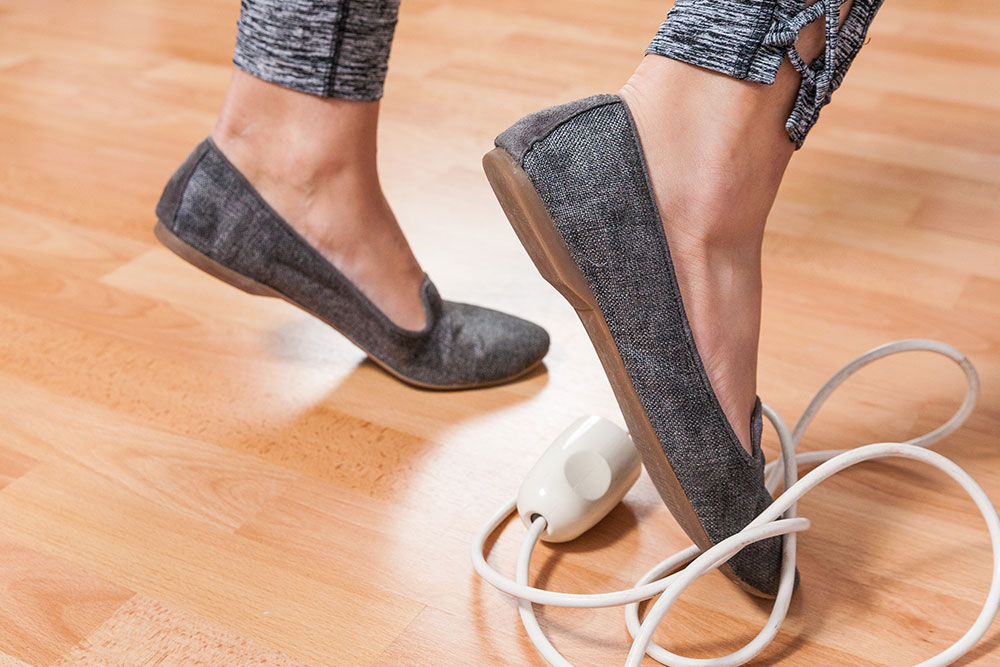
Fire and Electrical Safety
Home workers should check if their fire and electrical safety equipment is operational. Smoke detectors should be tested to see if they are in good working order. Fire extinguishers should be within easy reach. Don’t overload electrical sockets. Watch out for any sparks, frayed wires, or burn marks on or near electrical equipment.
Lone Working
Lone working hazards concern anyone who lives alone or often works at home by themselves. If an accident happens, lone workers can suffer serious physical injuries and there is no one else around to help or to alert the authorities.
Mental Health Hazards
If you do work from home by yourself, you need to pay particular attention to your mental health. There’s a considerable mental health risk involved in being a lone worker. Without support from colleagues, lone workers can struggle with stress and depression. Feelings of loneliness and being isolated are also common.

Lone workers should try and maintain separation between their private life and their work. Set a firm time when you finish work for the day to prevent overwork and stress. Try and stay in regular contact with your co-workers and supervisors. Make sure you take regular breaks so you can rest. It’s also a good idea to have emergency contact information close at hand. If you feel something’s wrong, let someone know.
Above all, be aware of the risks of working from home to both your physical and mental health.
The Benefits of Risk Assessment Training for Home Workers
Assessing the hazards of working from home isn’t always an easy task. Risk assessment training will teach your employees how to identify, eliminate or control the risks of working from home. Providing access to a risk assessment training course will also ensure you’re meeting your legal obligations as an employer.
Our Risk Assessment Training can be taken online, so it’s ideal for home workers. Trainees will learn how to properly conduct a working from home risk assessment and what steps to take to reduce or eliminate risks. The course runs for approximately 45 minutes.







































